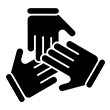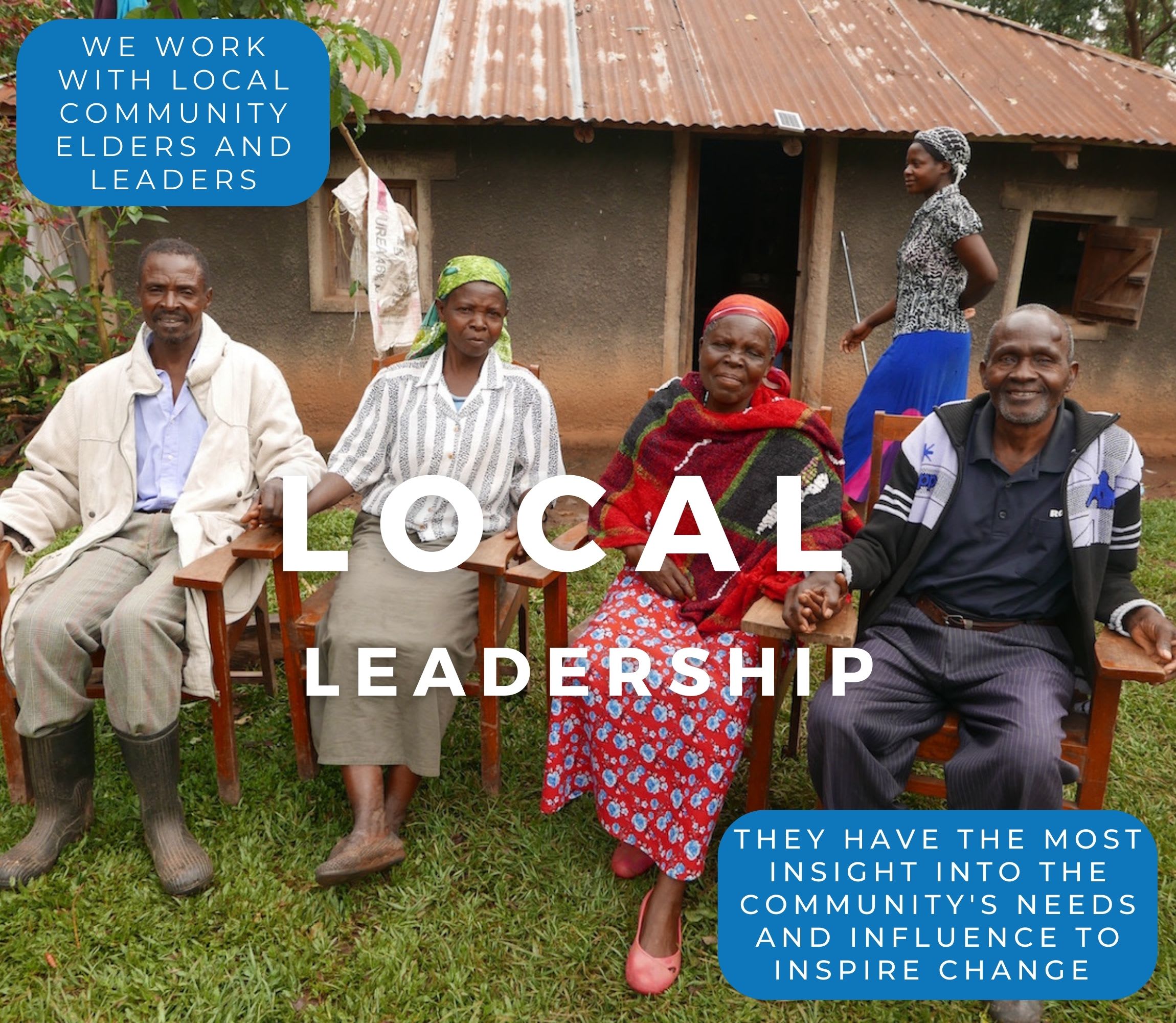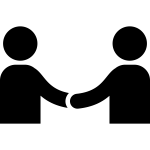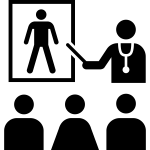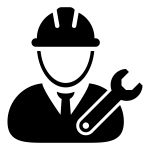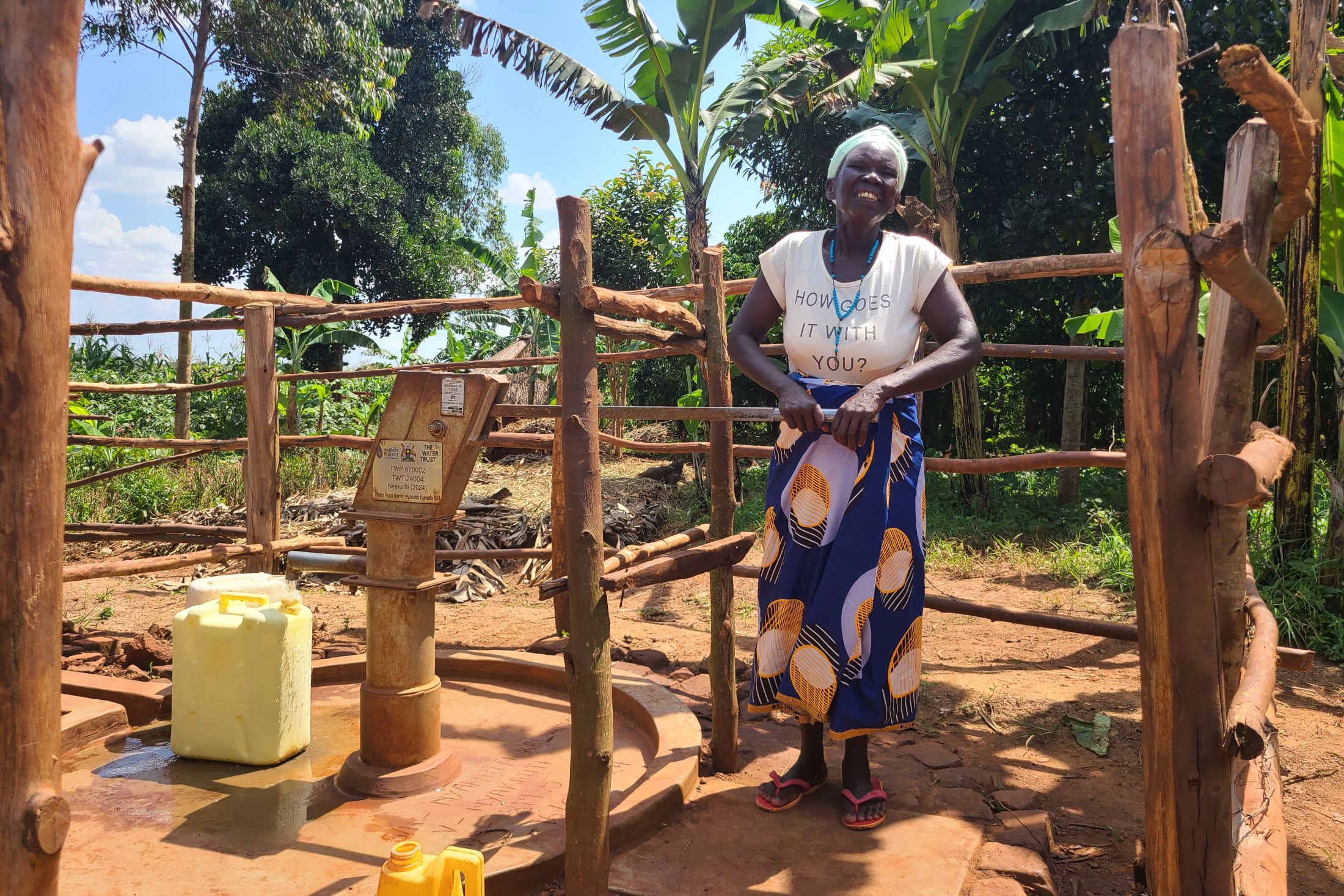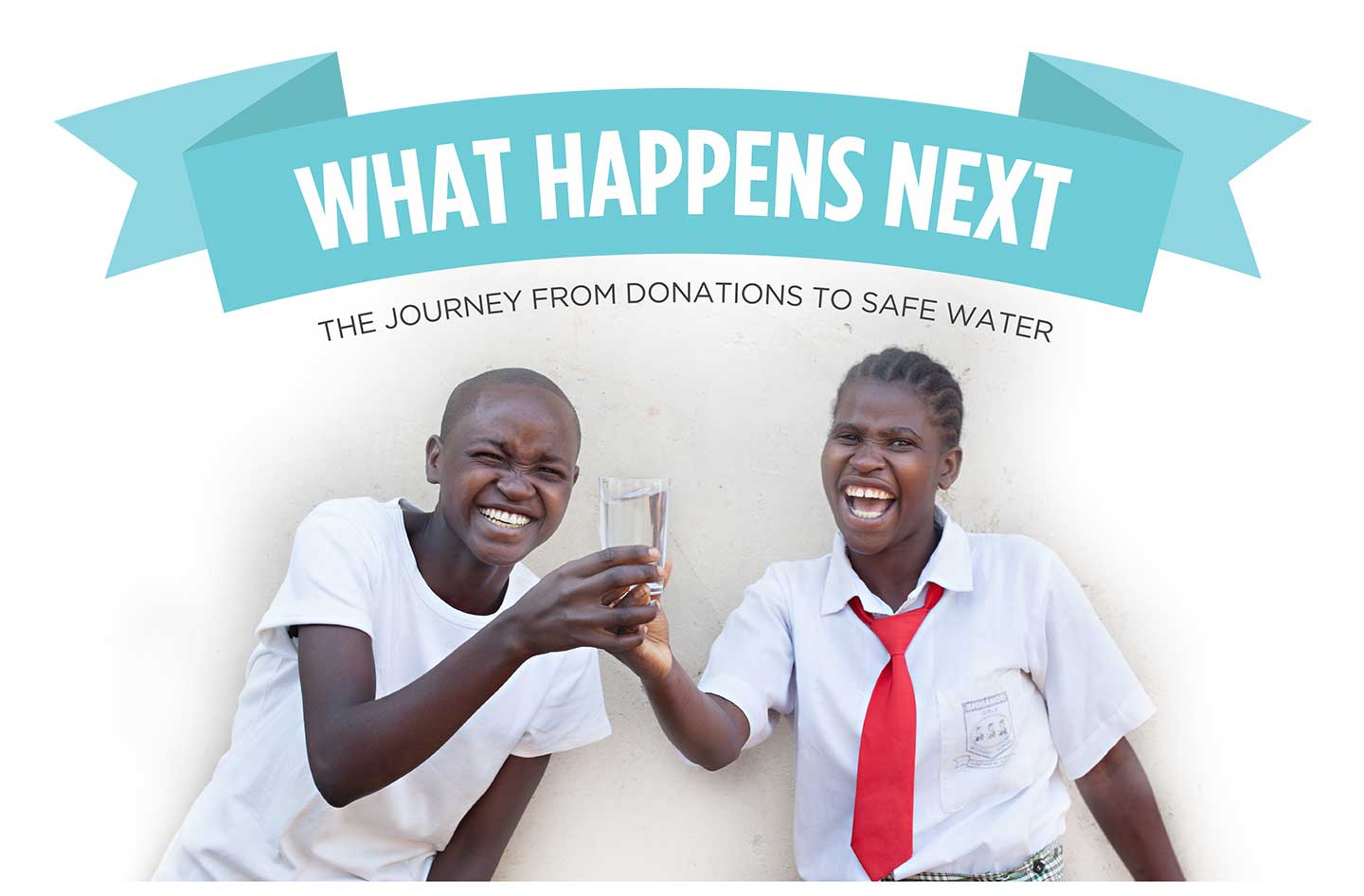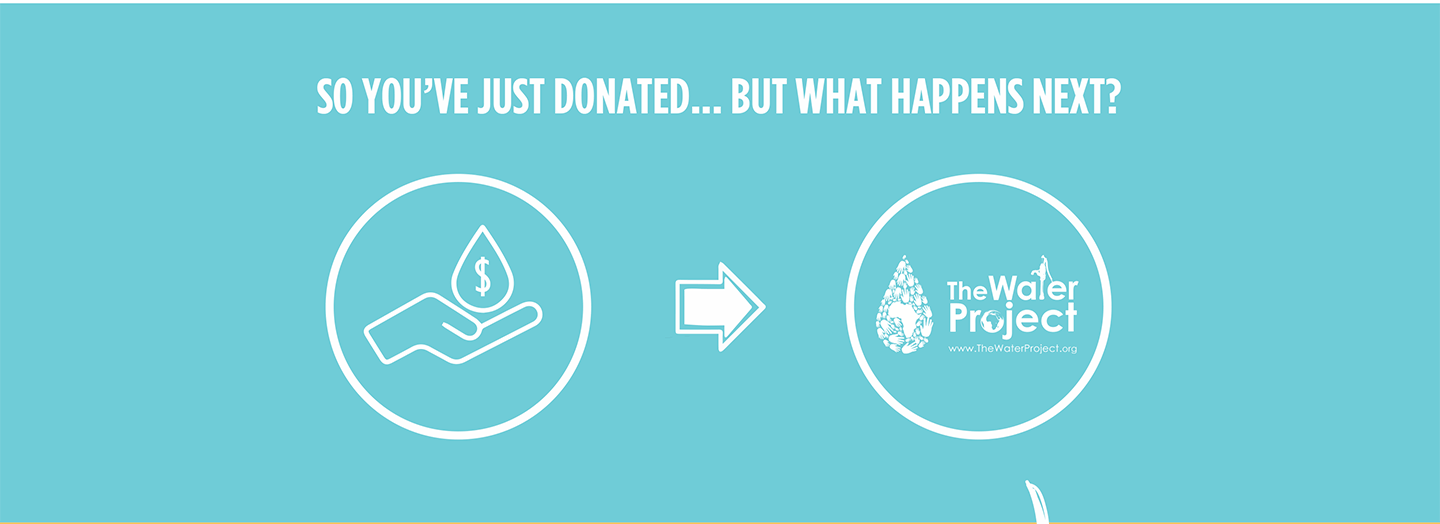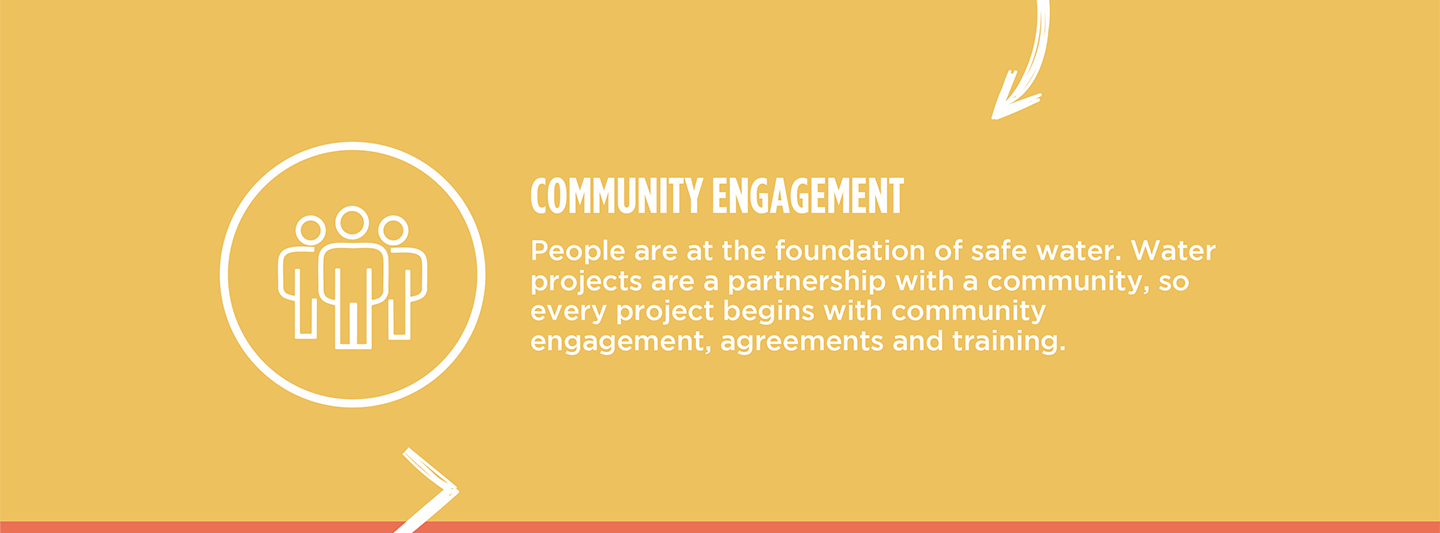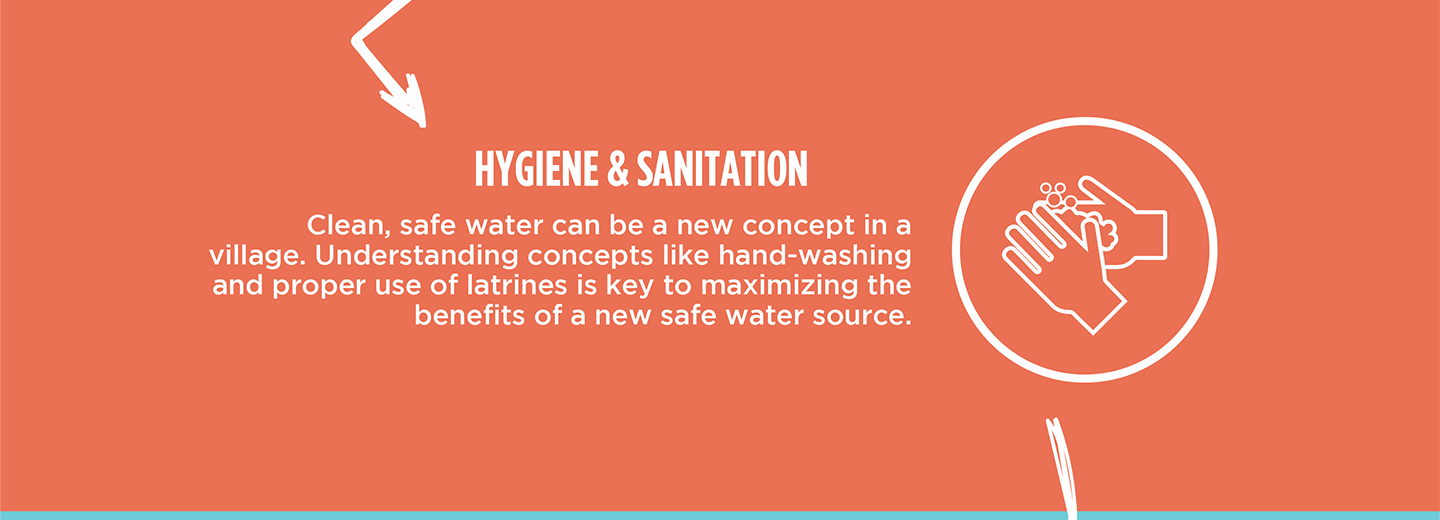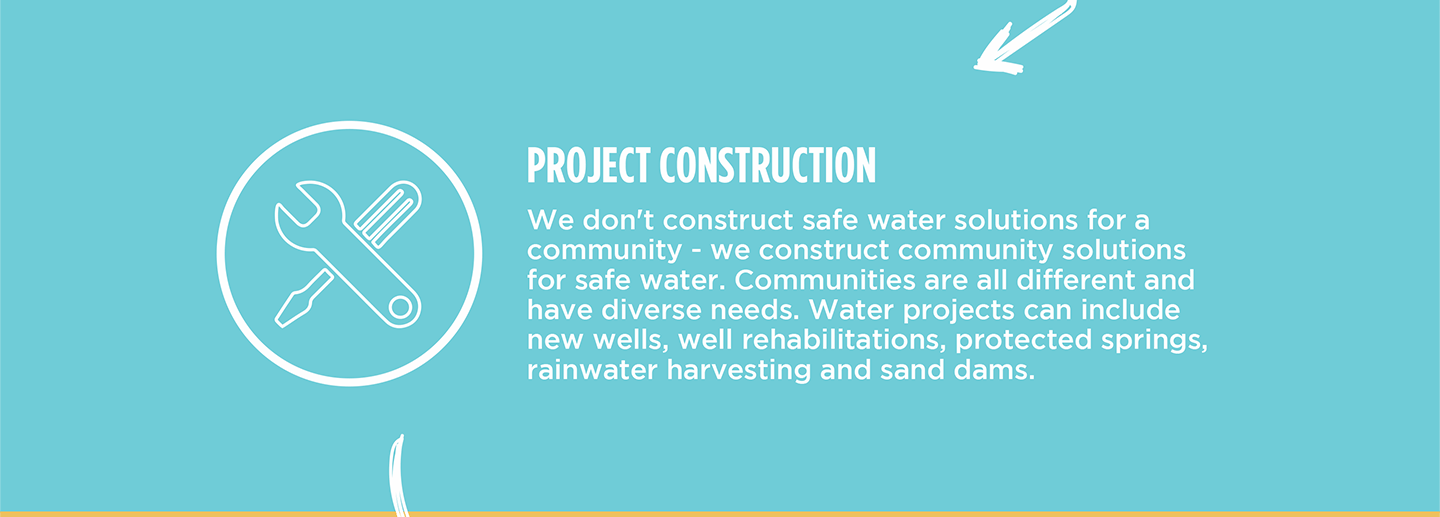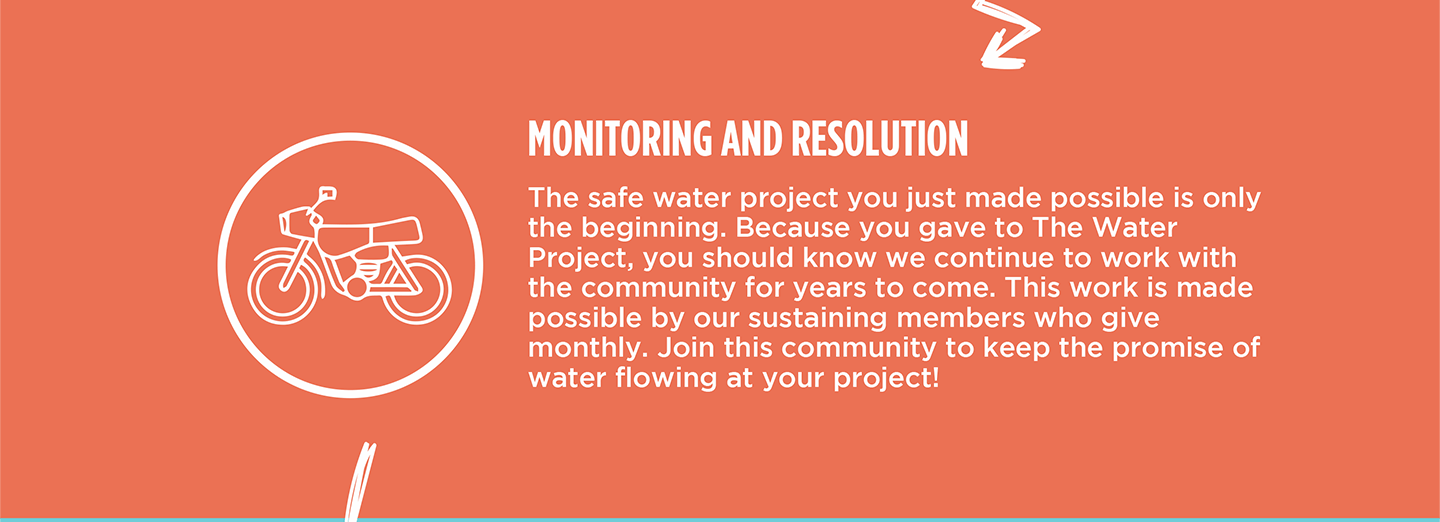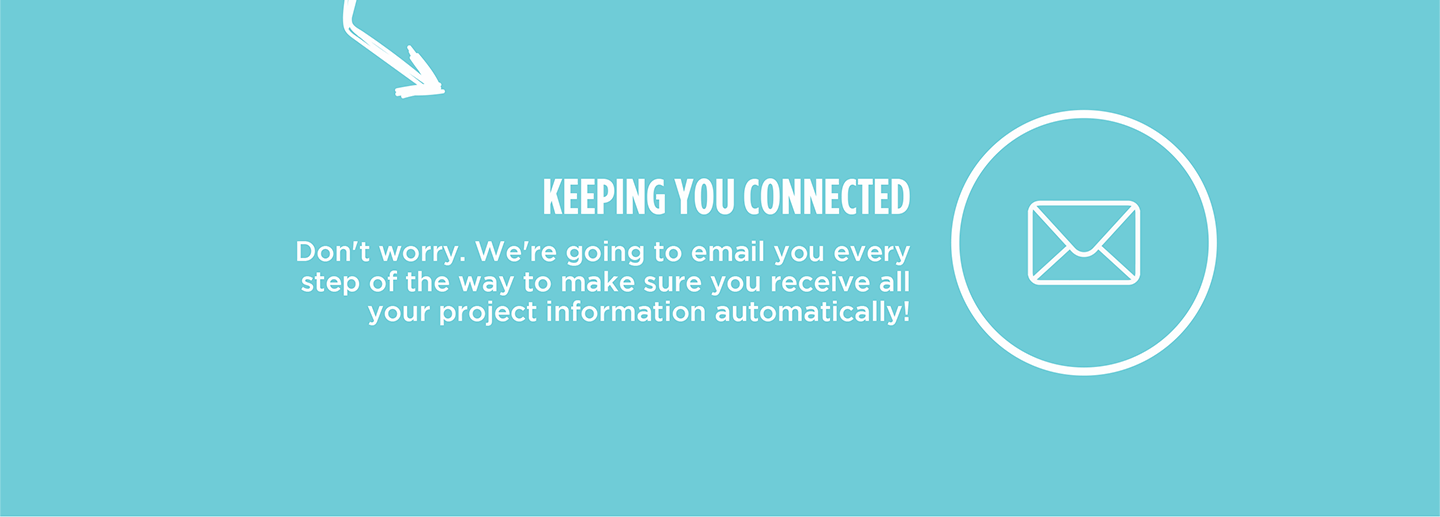The 225 people who live in Nyakatiti Kalwala Community struggle to access sufficient water. The water source people in this community rely on is a stagnant pool of water, which is open to all sorts of contamination located on a farmer's private land.

"The water situation affects my health and the health of my one and a half year [old] child Esther. Last month, we had stomach aches and diarrhea, which lasted for 4 days. We spent a lot of money on treatment," said 42-year-old housewife Agnes Angeya.
"As a farmer, it cost me a lot [of time], missing [my] garden for all the four days. With the poor rains nowadays, I missed planting on time, and all the plants didn't come out well, which will result in low output. The frequent sickness also makes me weak, leading to [a] reduction in energy levels, affecting [my] work and output," concluded Agnes, seen below.

The source is one kilometer (over half a mile) away for most community members, so collecting water is tiring, time-consuming, and physically exhausting. This task becomes even more complicated when people suffer repeated cases of water-related illness that leave them feeling depleted.
"Most times, I miss going to school because of diarrhea and headache. Last term, I did not perform well, and the teachers started giving me as an example [of someone] that misses class, and now my performance is poor," said 13-year-old Patrick R., seen below collecting water.

The pool of water can not provide enough water to sustain the entire community, especially in the dry season. When it is the rainy season, other challenges exist because it is hard to access when the area becomes muddy and slippery.
The installation of the well will hopefully improve everyone's life in the community. It should enable people like Agnes to focus their time and energy on meeting their daily needs and improving their livelihoods. Children like Patrick will be well enough to attend school regularly and build a brighter future.
The Proposed Solution, Determined Together...
At The Water Project, everyone has a part in conversations and solutions. We operate in transparency, believing it benefits everyone. We expect reliability from one another as well as our water solutions. Everyone involved makes this possible through hard work and dedication.
In a joint discovery process, community members determine their most advantageous water solution alongside our technical experts. Read more specifics about this solution on the What We're Building tab of this project page. Then, community members lend their support by collecting needed construction materials (sometimes for months ahead of time!), providing labor alongside our artisans, sheltering and feeding the builders, and supplying additional resources.
Water Access for Everyone
This water project is one piece in a large puzzle. In Kenya, Sierra Leone, and Uganda, we're working toward complete coverage of reliable, maintained water sources that guarantee public access now and in the future within a 30-minute round trip for each community, household, school, and health center. One day, we hope to report that this has been achieved!
Training on Health, Hygiene & More
With the community's input, we've identified topics where training will increase positive health outcomes at personal, household, and community levels. We'll coordinate with them to find the best training date. Some examples of what we train communities on are:
- Improved hygiene, health, and sanitation habits
- Safe water handling, storage & treatment
- Disease prevention and proper handwashing
- Income-generation
- Community leadership, governance, & election of a water committee
- Operation and maintenance of the water point
A Community-Wide Approach
In Uganda, we require that the community pledges to stop any open defecation practices before we install the water project — meaning that every household must construct and use a latrine. This will help prevent the spread of diseases and start them on a new path toward better hygiene and sanitation alongside their new water source.
To help with this, we assign a Community Development Officer (CDO) to each community, who encourages each household to install a handwashing facility, animal-keeping structures, a garbage pit, and a drying rack for dishes. Each of these homestead components prevent commonly spread diseases in their own way.
We implement something called a Community-Led Total Sanitation (CLTS) approach, which involves setting up multiple meetings during which community members assess their own hygiene and sanitation practices in hopes of creating long-term change. During these sessions, leaders naturally emerge and push the community to recognize current unhealthy behaviors that affect the entire community.

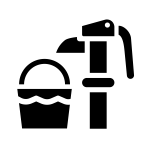 Borehole Well and Hand Pump
Borehole Well and Hand Pump
 Rehabilitation Project
Rehabilitation Project
